What did the Big House ever do for us? I'm reminded of that Monty Python sketch about the Romans. You know, the one that goes: "All right, but apart from the sanitation, the medicine, education, wine, irrigation, roads, a fresh water system, and public health . . ." With Ireland's great houses it's a little trickier. After all, a quick and lazy look at history litters the landscape with tales of absentees, raised rents and general inequality.
Look again, and see enough instances of careful farming, ecological conservation, large-scale employment, architectural conservation and benevolent paternalism (which at the time wasn’t to be sneezed at) to make you wonder if they weren’t such a bad thing after all. Every social system ends up having inequality at its heart. Think of today’s distribution of wealth, and wonder how much care the billionaires behind Ireland’s massive tech employers would have for the conditions of their communities.
Today the best of Ireland's big houses are open to the public as guest houses, hotels, tourist destinations, festival hosts, wedding venues, arts venues, restaurants and more. Lockdown has also made people reengage with their localities, and the local large houses are engaging back. There's Bantry House with its music festival, Stradbally and the Electric Picnic, Powerscourt and their gardens, shops and distillery, Borris and the Festival of Writing and Ideas ... You might start to wonder what we'd do without them.
So what goes on behind the scenes at the Big House?
Ballykilcavan, Co Laois
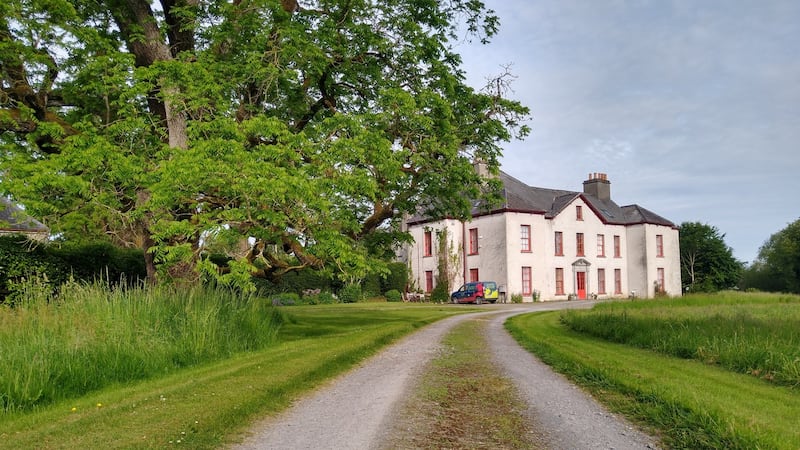
“It’s funny,” says David Walsh Kemmis. “Growing up, I always knew there was a reasonable chance I’d be taking it over.” He’s speaking of Ballykilcavan, which has been in the family since 1639.
“My parents never put any pressure on me. But if you’re going to live anywhere, you may as well live here – it’s a lovely part of the world.”
There’s something about coming from a long line that ditches the desire for short termism. Not wanting to break the long family line, David began looking for a way to secure the future of the family land.
“Farming is a great lifestyle, certainly compared to commuting, but it’s not the most financially viable.” The answer lay in beer, especially as the main farm crop was malting barley.
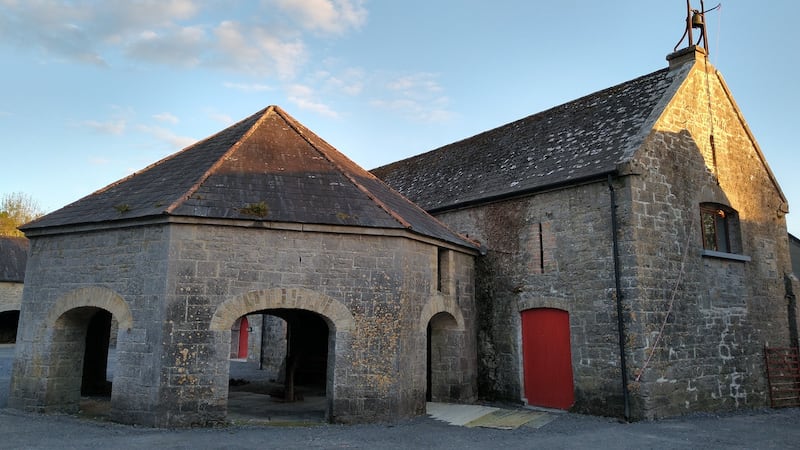
“We also had a gently deteriorating 18th-century farmyard that we needed to find something to do with,” he adds wryly.
Having barns to inspire is a definite plus, but a big old house is a little trickier. “It’s very listed. There’s no insulation, no foundations, the damp comes up. The sash windows leak and the window panes are thin. My wife, Lisa, is from the north of Scotland, but even she finds it cold.”
He describes bring Lisa home for the first time.
“Her plane was late, so we got here in in darkness. It was only when she woke up that she saw the scale of the place – and we didn’t let her come in winter for a couple of years . . .” Still, he’s aware of the “luck and privilege” to be able to take such a place on, and to bring up the couple’s children, William, John and Andrew there.
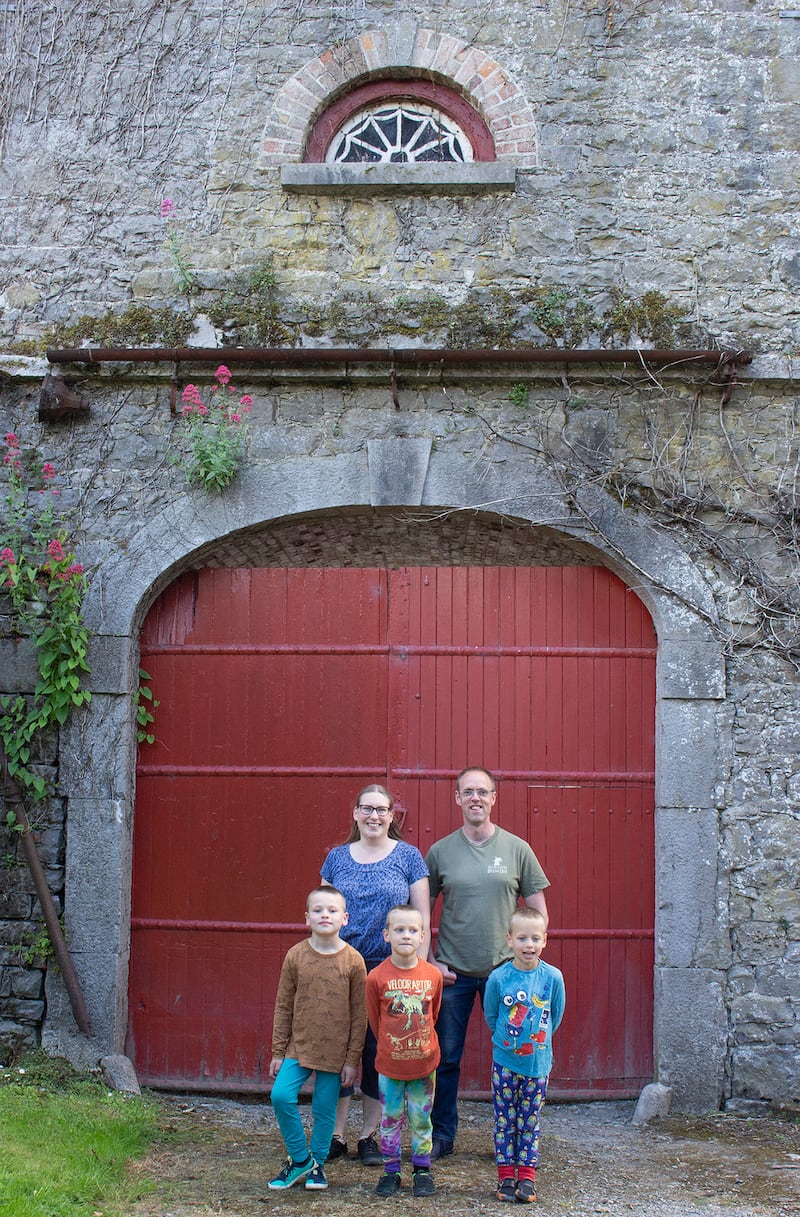
His great grandfather would write down the daily weather, and David now finds himself doing the same, looking back to check patterns against harvests. “There is a family tradition,” he laughs, “of someone spending more money than there was, and then two or three generations having to recover from it.” He does a quick ancestral calculation. “Maybe I’d be in keeping with that, setting up the brewery ...”
Or maybe not, the brewery is going well.
“The last year has helped us, bizarrely. We’re mainly bottles and cans, so off-sales, rather than pubs. Now the exports are starting to come back. Today the first pallet is going to Germany, then to France and Italy.” A visitor centre and taproom will open at Ballykilcavan later this year.
[ ballykilcavan.comOpens in new window ]
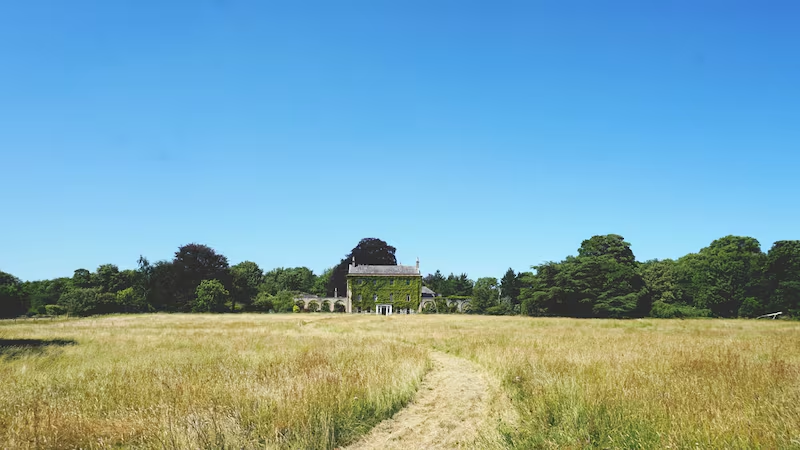
Sometimes the scale of the tasks involved looking after Killyon Manor makes Zoe Purcell think of French premier, Charles de Gaulle's famous question: "How can you govern a country which has 246 varieties of cheese?"
“How can you maintain a house with 25 chimney pots,” she asks in wonder and exasperation.
Returning from running bush safaris in Tanzania, she and husband Roland set about learning how to be their own plumbers, chimney sweeps, drain unblockers, window cleaners, decorators and plasterers, when they took over from Roland’s parents in running the 60-acre estate.
“Not being to the manor born, we took a while to figure out what these places can mean,” says Zoe. “I think every generation does.”
That quest led to a weighty report, supported by the Heritage Council, which "drew one major conclusion: the house was totally and fundamentally unsustainable. The report sits on a dusty shelf somewhere. We've barely looked at it since."
Instead the couple opened the doors of Killyon in 2014, hosting musicians including Villagers and Anna-Mieke, and other artists on various projects.
"If they can pay, we're happy. If they can't, and its something we like the sound of, we'll barter." Future plans include Lucy O'Hagan's Wild Awake, creating a new nature education project (wildawake.ie).
“People are where a property like this finds meaning,” suggests Zoe.
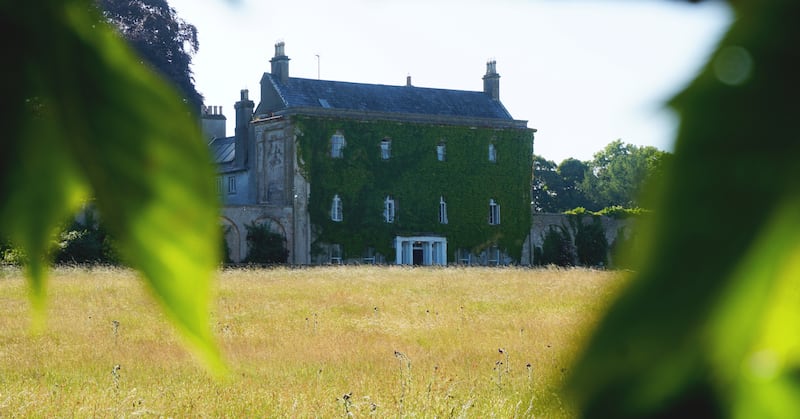
She describes the stream of fashion shoots, poets, hopeful lovers and village parties as “one fabulous and uniquely Irish human carnival”. Also recounting the connections the area’s neighbours have to Killyon, “it’s like everyone owns a part of it in a way”. Sustainability also plays a major role. The land is a mixture of forestry, grassland and meadow.
“People often say to us ‘it’s so magical here’, but it’s not magic, it’s nature. This is what nature does when you let it loose, it makes a paradise.”
[ killyonmanor.comOpens in new window ]
Newpark, Co Sligo
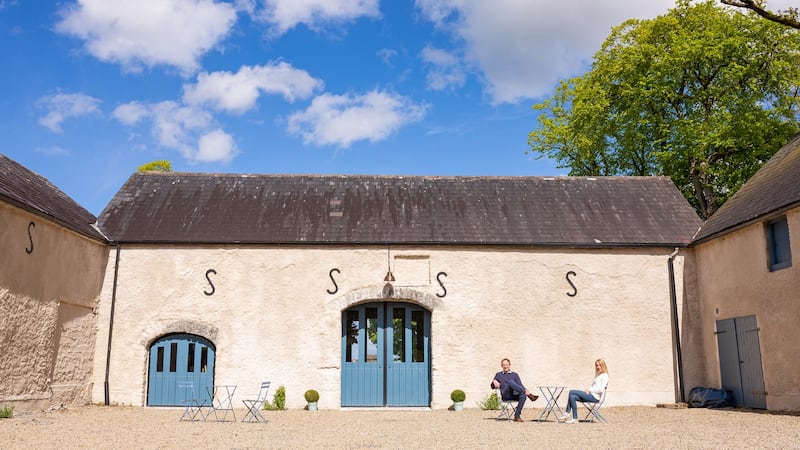
Christopher and Dorothy-Ellen Kitchin are the fourth generation of the family at Newpark, returning from living abroad in 2015 already well aware of the challenges of maintaining a 200-acre estate and house that dates from 1780.
“Never-ending and costly,” as Dorothy-Ellen puts it. The house and gardens have traditionally been open, for garden fetes, motorcar rallies and community events – as more recently filming, including as a set for Ken Loach’s 2014 Jimmy’s Hall.
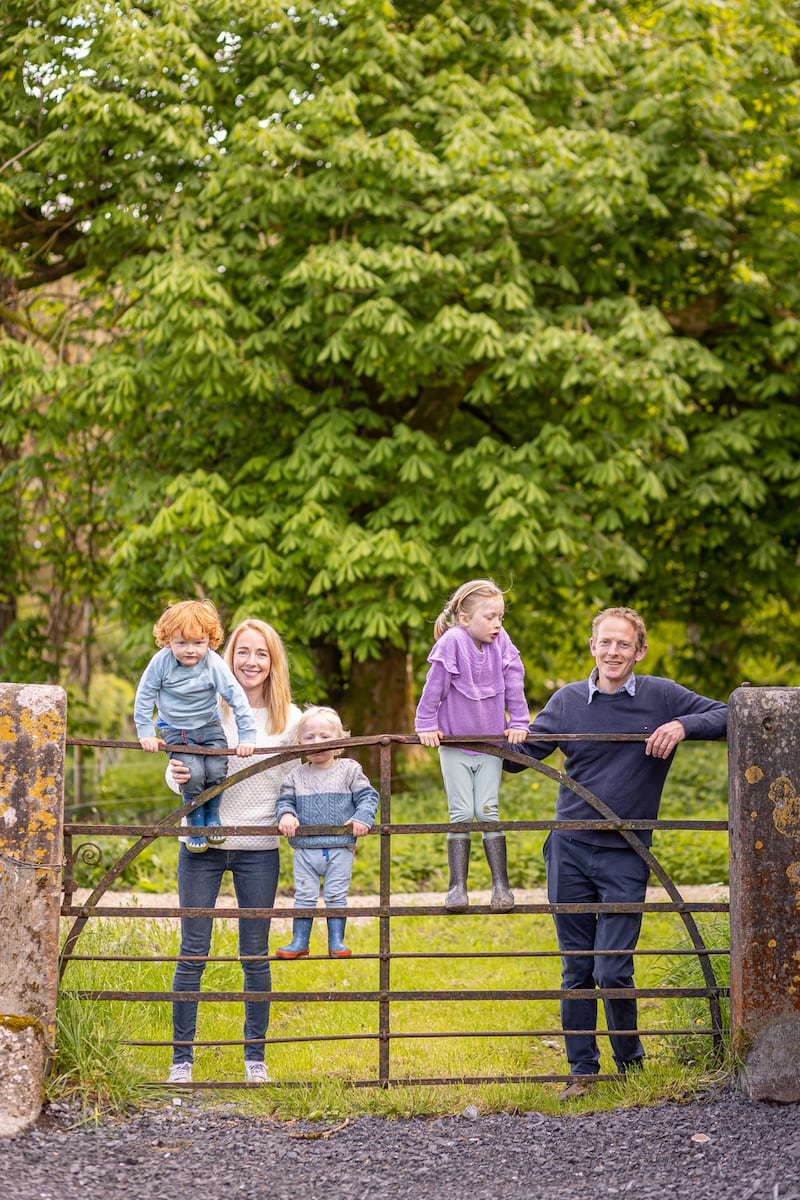
Still, you’d be hard put to find a Big House trying to earn its keep without coming across the word “weddings”, and the Kitchins have tidied up three atmospheric barns, making them available during the summer for events including weddings, but also encompassing music, talks and festivals.
“We had to decide whether to live and work here, creating a new way of life and a new business on the farm, or commute to our old jobs and just sleep here,” explains Dorothy-Ellen. Other projects include planting native trees, returning large areas of the farm to wilderness and creating a wild trail for visitors. An upgraded gatelodge is also available to rent, sleeping two.
“Our aim is to try to leave Newpark in a healthy state for the next generation,” she concludes, “as well as making somewhere unique in Sligo to visit and stay. So many people don’t have access to historical places, or indeed the outdoors.”
[ juniperbarn.ieOpens in new window ]
Hilton Park, Co Monaghan
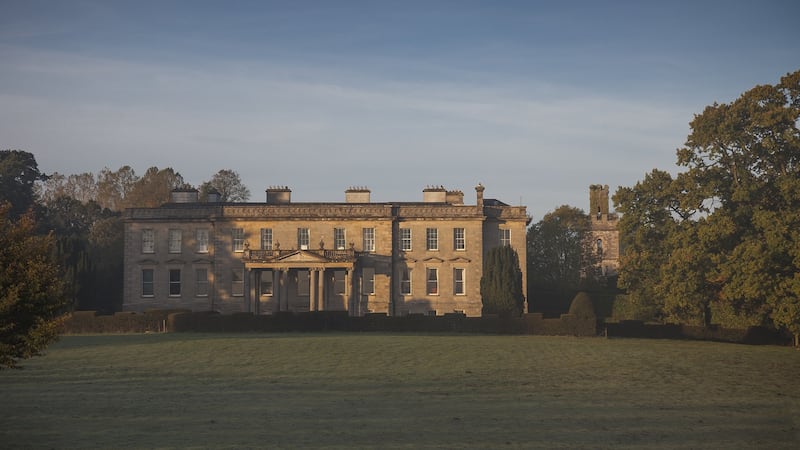
Fred Madden's family have lived at Hilton park since 1734, when Samuel Madden purchased the land on a 90 per cent lease. Still, Fred finds the stereotypes of the Big House more than a little frustrating.
“I have grown up aware of the negative historical associations,” he says. “Probably amplified through growing up on the Border. But I also watched my parents, and now my wife, Joanna and I work very hard to pay for its maintenance.” These days, “you’re likely to find Joanna, making beds and myself scrubbing pans ...”
Fred's own parents were at the forefront of the movement to open Ireland's Big Houses, setting up Hidden Ireland.
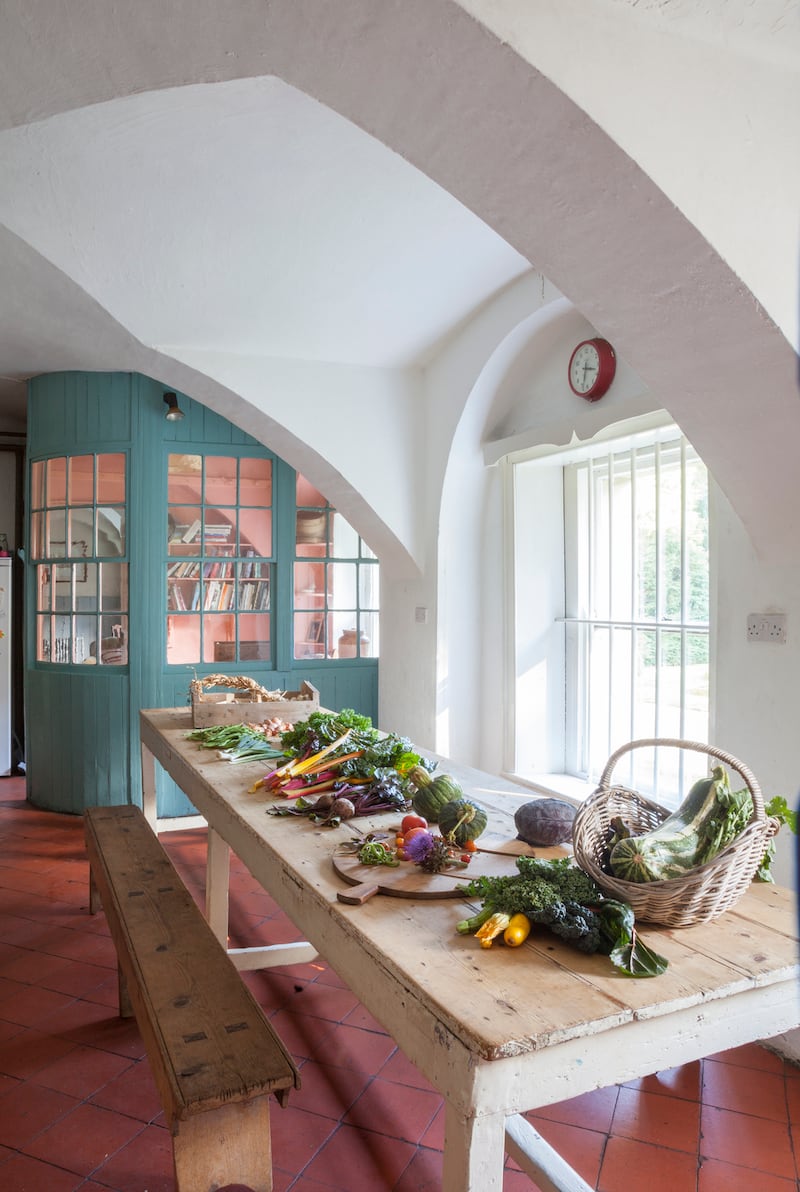
“It was formed around our kitchen table,” he recalls. “I remember it happening quite quickly. My grandparents had occupied the entire house, and we lived in just a small section. I realised I’d have to bring some skills to it,” he continues, “so I trained as a chef.”
This choice took Fred first to Kensington Place with Rowley Leigh, and then to the Carpenter's Arms with Paul Adams.
“We were the only people to get a five-star review from AA Gill that year,” he says, with a tinge of pride. The Maddens were in fact pioneers. Lucy, Fred’s mother restored the estate’s walled gardens, cooking from their produce before it became a “thing”. Now, Fred says, “the estate must be one of the biggest sequestrators of carbon in the whole county. There are over 200 acres of heritage woodland here.”
Fred and Joanna hope that a stay at Hilton may change people’s minds about Big Houses, pointing out that owners are one of the most economically viable ways to maintain such nationally important historic buildings.
“We maintain and restore the house and grounds on income that we generate, with little or no grant aid. People who see Hilton from a distance probably do see it as a huge symbol of something. But when they come and stay it’s different. The owners will cook for you, clean up, tell you all about every picture on the wall.”
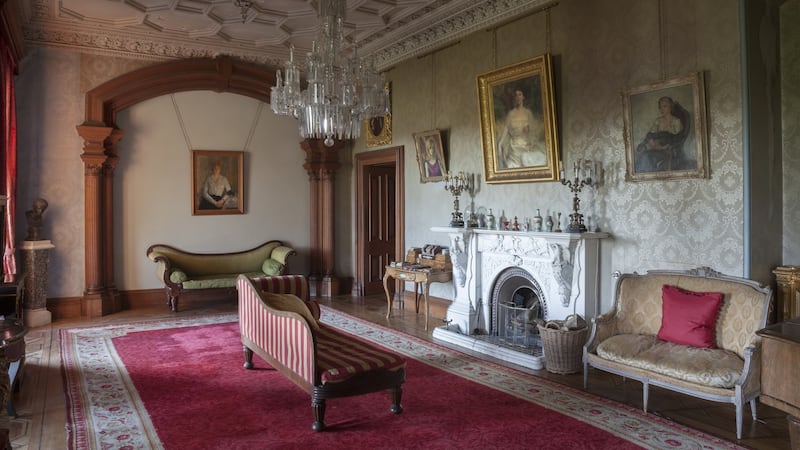
The ancestors have been a mixed bunch. One lost his wife’s estate through gambling, and there are rumours he looted and burned Hilton itself.
“Apparently you could see the fire from Clones, it lasted for three days,” says Joanna. Talking to the Maddens makes Hilton come alive. It also knits back strands of Irish history that time and anger have fractured. Staying, or attending one of their open air theatre shows is another way of sharing an Irish asset that these days is more welcoming than ever before.












